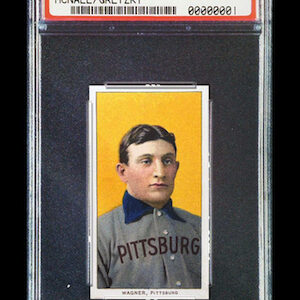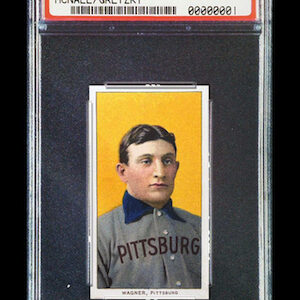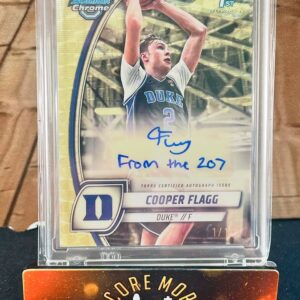Collectors and aficionados alike have long regarded Aaron Rodgers’ rookie cards as revered treasures within the realm of sports memorabilia. At his peak, when Rodgers was dazzling the gridiron and anchoring highlight reels across the nation, his rookie cards were akin to rare gems, their value gleaming with every jaw-dropping statistic he added to his illustrious career. But alas, as even the most fervent supporters of the Green Bay Packers turned New York Jets quarterback can attest, seasons of adversity can turn even the most glittering fortunes to dust.
Arduously trudging along in the aftermath of an Achilles rupture in 2023 and slogging through a dismal 5-12 season in 2024, the once-soaring worth of Aaron Rodgers’ Topps and Topps Chrome rookie cards cascaded downwards like a deflated balloon. To bemused collectors, the stark contrast was painfully clear—what was once a hot ticket item now languished in the shadows of the memorabilia world. According to data from Card Ladder, in the golden days of January 2021, Rodgers’ 2005 Topps rookie card, sporting a pristine PSA 10 grade, boasted a price tag of $1,229.07. Fast forward to more recently, and alas, the value sobers up to just over $146—a staggering 88% fall from grace.
Similarly, the Topps Chrome variant of these rookie cards has mirrored this dismaying descent. Once fetching north of six grand in early 2022, transactions have been reminiscent of a dramatic price plunge, with recent sales on March 13, 2025, settling at a humble $1,100. It seems fate is less than kind to those keeping and trading Aaron Rodgers cards. That is, until now.
Enter the sunshine breaking through this cloudy forecast: the trace of a modest resurgence. It may not yet be the artful return to 2021-era high valuations, but with the quarterback entering the tantalizing guesswork that is NFL free agency, these rookie cards are exhibiting a promising uptick, suggesting a potential turnaround in Rodgers’ storied but recently tumultuous career. Merely weeks ago, a PSA 10 Topps Chrome rookie card traded for $990, with its base version at a mere $115. Today, those numbers perk up to $1,100 and $146.80, respectively, offering a sliver of hope to collective investors and admirers wishing upon Rodgers’ freemarket shooting star.
What, you may ask, emboldens this hopeful market adjustment? Invariably, where there’s smoke, there’s speculation, and the grand theater surrounding Rodgers’ potential new NFL home has become a hotspot for rumor-mongering. With whispers of moves pointing towards spots like Minnesota, the New York Giants, or Pittsburgh, each brandishing their unique blend of intrigue and seemingly solid fit, the market appears to be bracing for a narrative twist worthy of a made-for-TV sports drama. Incentivizing this zeal are theories suggesting an AFC North standoff could rejuvenate Rodgers like a long-lost fountain of youth at an overdue career crossroads, maximizing his remaining potential alongside young, thrilling talent.
Such market sentiments about card value remain contingent on more than just hope and the occasional dollar sign; it’s emotional investment attached to a player whose destiny reads like an epic—a four-time NFL MVP and presumed trespasser into the hallowed halls of Canton. Rodgers’ trajectory has rarely been one of smooth sailing but is essential fuel for the fire of fan allegiances, well-performing cards that become tangible pieces of football folklore in wallets across America.
Thus, the world of Aaron Rodgers rookie cards sits in a spell reminiscent of Alexander Hamilton’s storied duel—forging ahead with each “shot” or in this case, card trade. Some may grapple with unease about days when prices scaled $6,000 heights, but these modest, albeit hopeful, upward shifts in value are much more than just numbers to those who cherish them. They represent an overarching narrative and an inkling of redemption, hinting that collectors and investors aren’t merely clutching fragile cards of yesteryear’s hero. They’re staking a little faith on a comeback tale tangent to the life of Aaron Rodgers—one card, one optimistic move, one game at a time.





